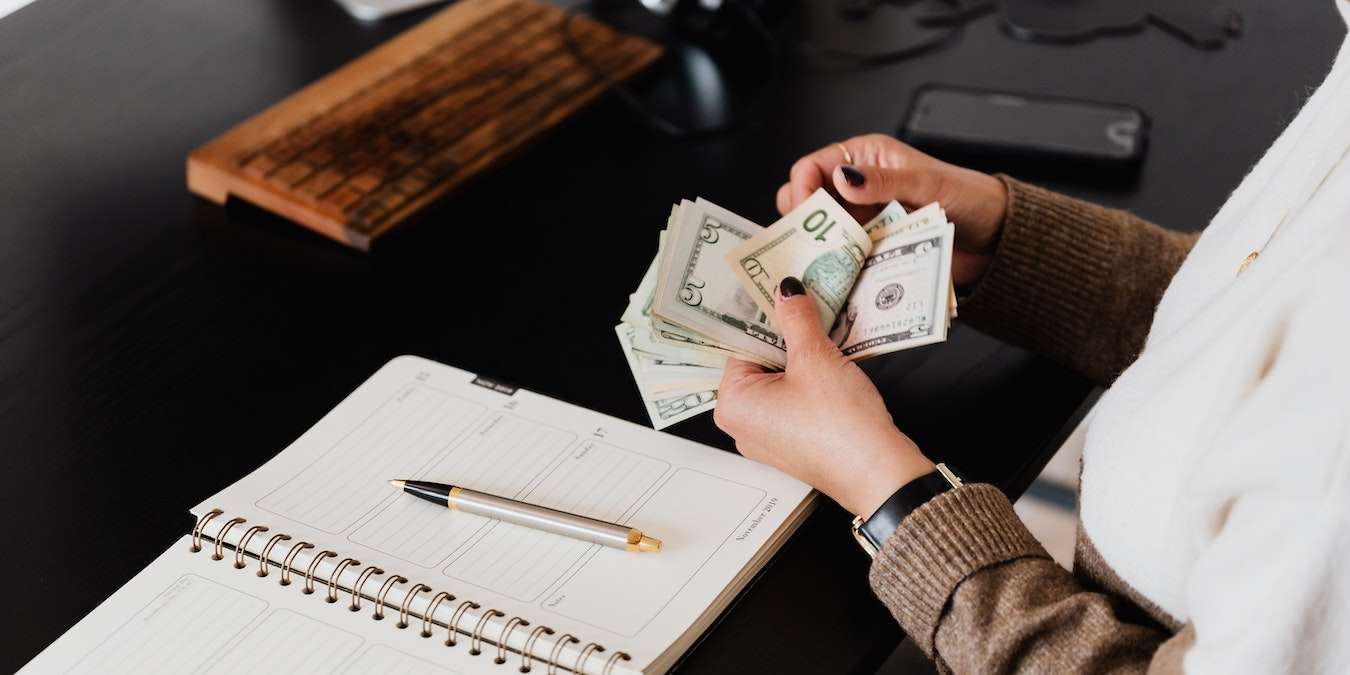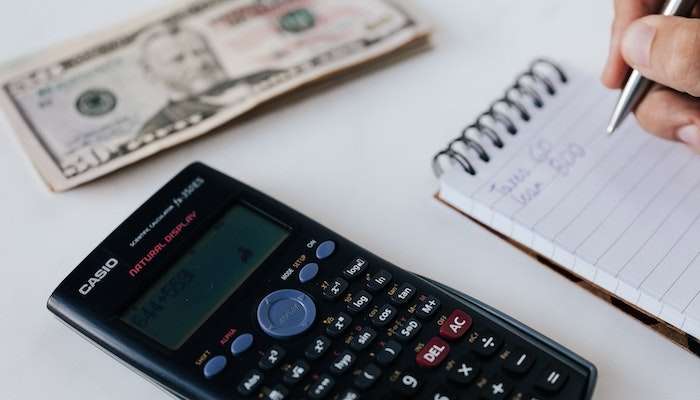
Life is unpredictable, and unexpected emergencies can strike at any moment. Unfortunately, these little “unforeseen situations” can cause financial stress and upheaval for anyone, even those with outstanding money management skills. That’s where an emergency fund comes in: it can keep your budget from going off-kilter so you can maintain your savings plans. However, building an emergency fund requires time and effort, and you must follow specific steps to save.
What Is An Emergency Fund?
Situations like medical emergencies, car repairs, or job loss can quickly wreck even the best-laid-out budgets. An emergency fund is money people set aside to cover these unforeseen financial emergencies. It acts as a buffer, safeguarding your financial stability and protecting you from taking on debt when unexpected events occur. An emergency fund provides peace of mind, allowing you to navigate challenging times without compromising your financial well-being.
Reasons You Need an Emergency Fund
Even if you know what emergency savings is, you may think it’s a lot of unnecessary work for unexpected situations you may or may not ever encounter. However, an emergency fund can provide multiple benefits.

1. Protection Against the Unexpected
Life is full of surprises, and having emergency savings ensures you are prepared to handle them. It serves as a financial safety net, providing immediate access to funds when needed most.
2. Peace of Mind
Knowing you have a dedicated emergency fund brings a sense of security, reducing stress and anxiety. It allows you to face uncertainties confidently, knowing you have the means to handle unexpected expenses.
3. Avoiding Debt
Many people use credit cards or loans to cover sudden expenses without an emergency fund. By building emergency savings, you can break the cycle of debt and avoid paying high-interest rates or falling into financial traps.
How to Build Your Emergency Fund
1. Assess your finances
Begin by evaluating your current financial situation. Calculate your income, expenses, and debts to determine how much you can save each month. This process will help you identify where to cut spending and create a budget.

2. Create a budget
A budget is a roadmap to financial success. List your income sources and categorize your expenses, distinguishing between essentials and discretionary spending. By tracking your expenses and setting limits, you can find ways to reduce spending and allocate more funds toward your emergency savings. If this is hard, you can use a money management app to create a budget.
3. Start small and set goals
Begin building your emergency fund by starting small. Aim to save an initial target, such as $500 or one month’s worth of expenses, and gradually increase the amount over time. Setting achievable goals helps to maintain motivation and build momentum.
4. Automate savings
Take advantage of automatic deposit features offered by banks or your employer. Set up recurring transfers for a separate savings account dedicated to your emergency savings. This automation ensures that a portion of your income is consistently allocated towards your savings, even before you spend it.

5. Reduce expenses and increase savings
Look for opportunities to reduce unnecessary expenses in your daily life. Cut back on non-essential purchases and evaluate subscriptions or memberships you may no longer need. Direct the money saved from these cutbacks into your emergency fund.
6. Increase income
Consider exploring additional income sources to boost your savings. You could take on a part-time job, freelancing, or selling items you no longer need. Every extra dollar you earn can contribute to your emergency fund.
7. Stay committed to your budget
Building an emergency fund requires discipline and commitment. Stick to your budget, avoid impulse spending, and regularly review your progress. Make saving a priority and remind yourself of the peace of mind your emergency fund will provide.
Frequently Asked Questions
How much money should I save in an emergency fund?
The amount you should put into an emergency fund can vary based on your monthly expenses. However, most experts recommend building an emergency fund until it has enough money to cover three to six months of expenses.
Where should I put the money for my emergency fund?
Setting aside your emergency fund in a separate savings account from the rest of your money is best. If possible, you should put this money into a savings account where it will earn interest at a decent rate. This will help your emergency fund grow.
When should I use my emergency fund?
As the name implies, emergency funds cover unexpected financial emergencies. Some examples of a financial emergency may include unforeseen medical treatments, car repairs, or broken appliances. It should not be used for vacations or other fun activities.
Image credit: Pexels








